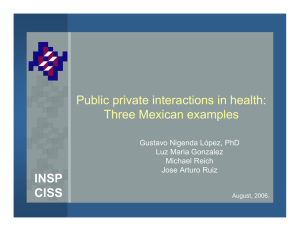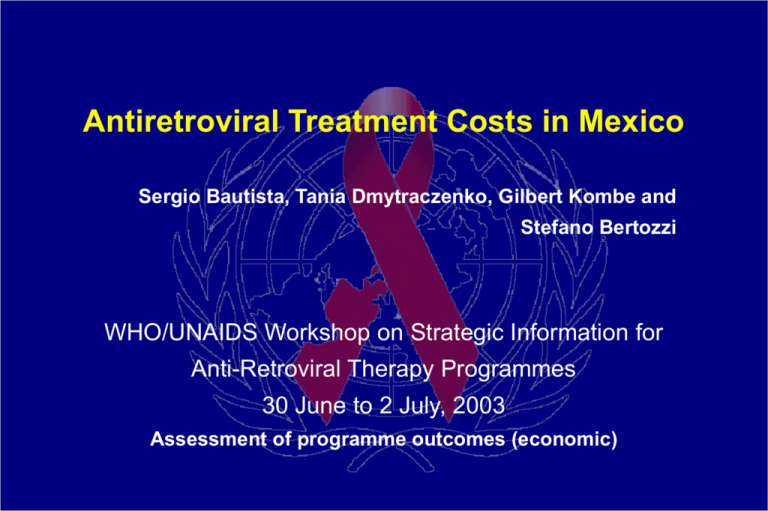
Antiretroviral Treatment Costs in Mexico
Sergio Bautista, Tania Dmytraczenko, Gilbert Kombe and
Stefano Bertozzi
WHO/UNAIDS Workshop on Strategic Information for
Anti-Retroviral Therapy Programmes
30 June to 2 July, 2003
Assessment of programme outcomes (economic)
Purpose of the Study
To document—using a consistent methodology—the Mexican
experience in HIV/AIDS treatment in 3 health subsystems
– Ministry of Health (SSA)
– Mexican Social Security Institutes (IMSS/ISSSTE)
– National Institutes of Health (INS)
Presentation prepared by INSP, 30 June 2003
Specific Objectives of the Study
Identify patterns of HIV/AIDS care and treatment and
related costs by type of therapy received
– ARV triple therapy or not
To estimate the annual care costs per patient by
•Subsystems
SSA, IMSS/ISSSTE,
INS
•Care setting
Inpatient, outpatient
Presentation prepared by INSP, 30 June 2003
•Level of care
Specialized clinics, secondary
and tertiary hospitals
•Disease stage
CDC classification
CD4
Study Approach: Site selection
11 health facilities were selected
– SSA sites (5)
– IMSS/ISSSTE sites (4)
– INS sites (2)
Level of Care
Geographic Location
– Mexico City (6)
– Highly specialized tertiary care
facilities (3)
– Guadalajara (2)
– Secondary care facilities (7)
– Cuernavaca (2)
– Specialized HIV clinic (1)
Presentation prepared by INSP, 30 June 2003
Study Approach: Sample size and eligibility
Convenience sample to reflect clinical and treatment criteria of
interest:
–
–
–
–
ARV recipients (75%)
Not on ARVs (15%)
Deceased (10%)
1062 patients randomly selected, with sample stratification
Patients eligibility criteria
– 18 years or older at first consultation
– Diagnosed with HIV and confirmed by Western, Elisa or laboratory
culture, or symptomatic AIDS
– Documented visit at a study site between 1/1/2000- 12/31/2001
Presentation prepared by INSP, 30 June 2003
Data Collection Instruments
Utilization (patient chart review)
– Socio-demographic characteristics
– Clinical events including outpatient, inpatient, labs,
drugs, surgical procedures and interventions
Unit costs (facility questionnaire)
– Existing unit cost data
• Facility- or subsystem-specific
– Micro-costing of AIDS-specific diagnostic tests and drugs
– Recurrent costs (except for AIDS-specific tests)
Presentation prepared by INSP, 30 June 2003
Data Collection Process
5 trained teams, each composed of an
economist and a MD/nurse
Data were captured retrospectively for a
period of 3 years from the date of last
consultation in the study period
Accuracy and reliability of data collection was
strengthened with real-time data entry in the
field and error checking interface
Presentation prepared by INSP, 30 June 2003
Characteristics of the Sample (n=1062)
Education
Primary or less
Secondary+
Higher
Mode of Transmission
Unsafe injection
Transfusion
Occupational risk
Sexual
Sexual Preference
Heterosexual, male
Homosexual, male
Bisexual, male
Presentation prepared by INSP, 30 June 2003
SSA
IMSS/ISSSTE
INS
(n=506)
30.0%
54.0%
16.0%
(n=496)
1.2%
3.0%
-95.8%
(n=404)
40.3%
45.5%
14.1%
(n=144)
9.0%
52.8%
38.2%
(n=175)
-5.7%
-94.3%
(n=127)
62.2%
29.9%
7.8%
(n=87)
26.4%
55.2%
18.4%
(n=69)
-2.9%
1.5%
95.7%
(n=44)
40.9%
43.2%
15.9%
Key Finding #1: There has been a progressive
and rapid uptake of HAART
Distribution of Patients by Type of Therapy
100%
90%
80%
70%
60%
50%
40%
30%
20%
10%
0%
(n = 49)
(n = 138)
(n = 326) (n = 567)
(n = 496)
Mono
Double
Triple
1997
1998
Presentation prepared by INSP, 30 June 2003
1999
2000
2001
Key finding #2: Patients start treatment in
advanced stages, improvement is gradual
Distribution of CD4 Count
.003
year –1 (n = 319)
year 1 (n = 712)
year 3 (n = 140)
.002
.001
0
0
500
Presentation prepared by INSP, 30 June 2003
1000
1500
2000
Key Finding #3: Total costs are substantially
higher under HAART
US$
Average Annual per Patient Cost of Treatment
4500
4000
3500
3000
2500
2000
1500
1000
500
0
Hospitalization
Outpatient visits
Lab tests
OI drugs + procedures
ARV drugs
-3
-2
-1
(n = 45) (n = 153) (n = 612)
1
2
(n = 792) (n = 459) (n = 201)
Years pre- and post-HAART
Presentation prepared by INSP, 30 June 2003
3
Key Finding #4: Lab tests and Outpatient visits
are the largest contributors to treatment costs,
excluding ARVs
US$
Average Annual per Patient Cost of Treatment, Excl. ARVs
900
800
700
600
500
400
300
200
100
0
Hospitalization
Outpatient visits
OI drug + procedures
Lab tests
-3
-2
-1
(n = 45) (n = 153) (n = 612)
1
2
(n = 792) (n = 459) (n = 201)
Years pre- and post-HAART
Presentation prepared by INSP, 30 June 2003
3
Key Finding #5: Treatment costs are higher for
patients in advanced stages of illness
Avg Annual per Patient Cost of Treatment Excl. ARVs, by CD4 count
CD4 Range
0-199
Outpatient
Hospital
Lab
OI drugs+
visits
days
tests
procedures
Total
190
104
759
91
1144
205
36
603
30
874
279
23
566
21
888
271
8
496
61
836
(n = 1016)
200-349
(n = 484)
350-499
(n = 270)
>500
(n = 306)
Presentation prepared by INSP, 30 June 2003
Summary
Our findings are consistent with studies done in other countries
– ARV comprises >75% of total treatment costs
– Outpatient and monitoring costs increase as patients start
triple therapy
Unlike Sub-Saharan African countries, hospitalization is not a big
factor in Mexico
Costs associated with late initiation of treatment and during last
year of life
Presentation prepared by INSP, 30 June 2003
Policy Recommendations I
Governments should be realistic about resource requirements
of starting and scaling-up ARV treatment
– Lab capacity
– Human resource training
Countries should be prepared for the shift in care and
treatment patterns of patients on HAART especially
from inpatient to outpatient
Clinicians should clearly understand when to initiate and
how to monitor patients on therapy
Presentation prepared by INSP, 30 June 2003
Policy Recommendations II
Estimating total cost of ARV treatment can significantly
help countries plan for scaling-up
– Negotiating drug prices
Medium to long-term prospective is needed for a full evaluation
of program costs
Presentation prepared by INSP, 30 June 2003
Presentation prepared by INSP, 30 June 2003

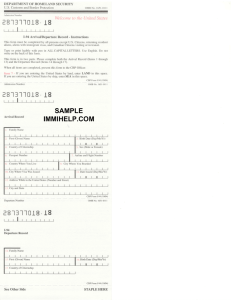
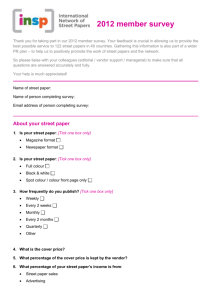
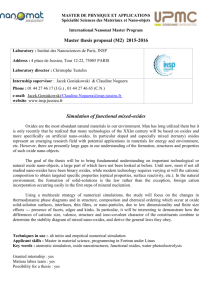
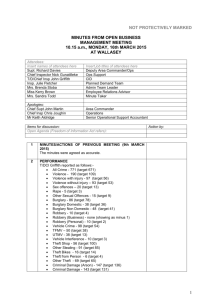
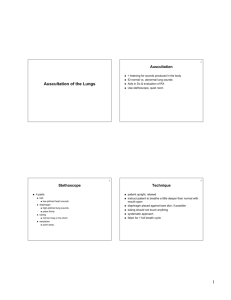
![07 july 10 ctm open session minutes[1]](http://s3.studylib.net/store/data/007702762_2-ce2dbc9173c4762527a6776a2d2f206d-300x300.png)
